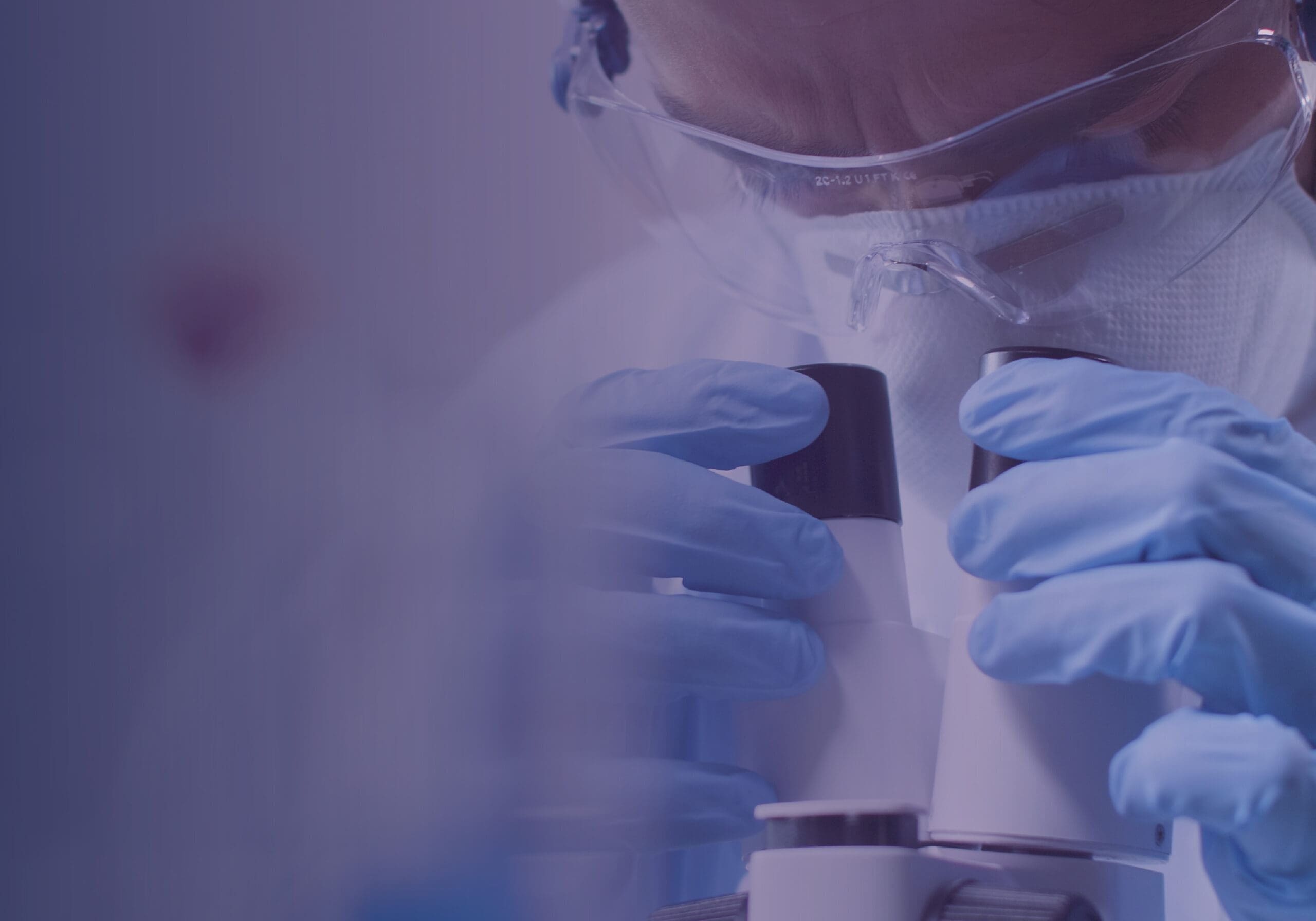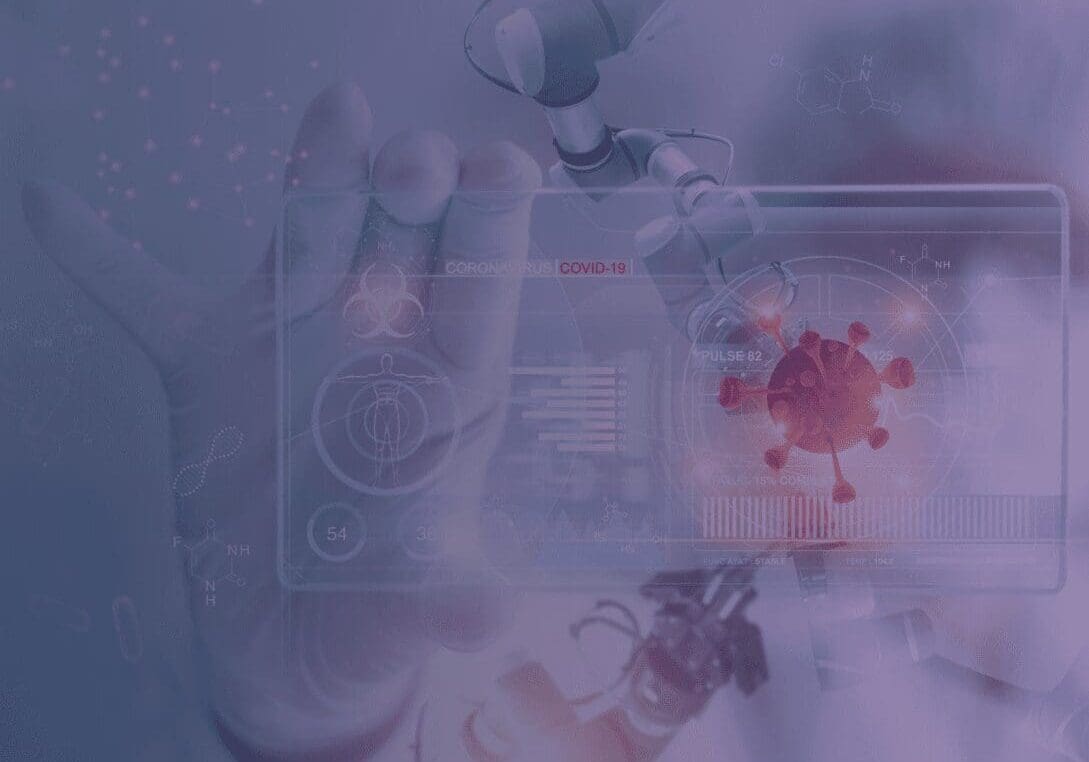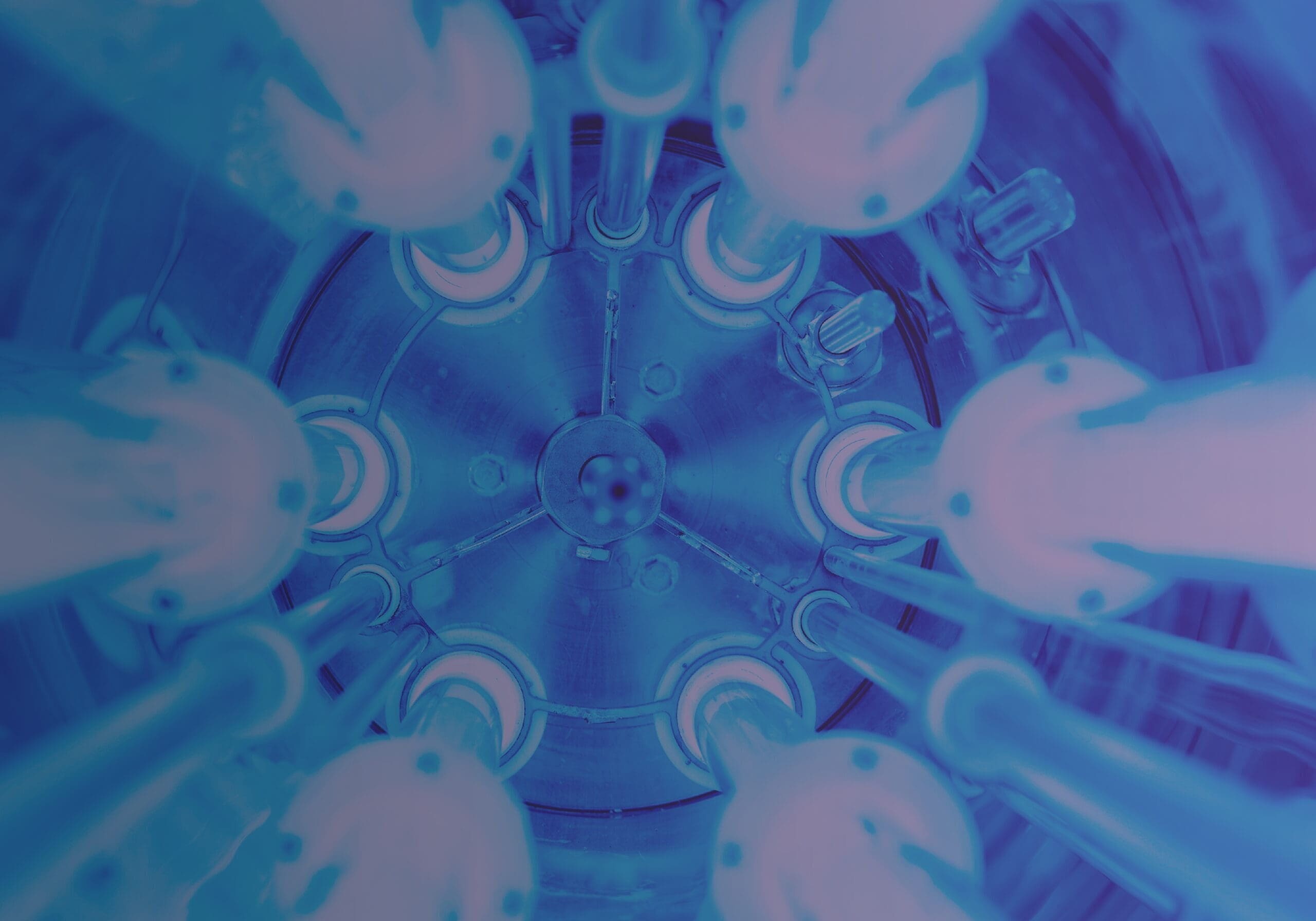ATP (adenosine triphosphate) meters are rapid and easy tools used throughout the food industry to determine if a surface has been cleaned and is safe to use. They can be done with just minutes of training, and the results are instantaneous. Best of all, they don’t involve a lab, so that anyone can do it. But whether they are helpful ultimately depends on what answer you’re looking for.
ATP meters answer just one question: Is this surface clean?
ATP meters do not answer the following question: Is this surface disinfected?
You can see that something looks clean – there’s no debris. But since microorganisms are invisible to the naked eye, a surface can be clean but still infected.
Put another way; you can catch E. coli from a clean surface. You are much less likely to see it if it has been disinfected. Cleaning a surface with detergent indirectly reduces microbial counts, which is always good. But cleaning is not the same as disinfecting. A disinfectant, like bleach, might say, “kills 99.9% of Listeria,” but you’ll never see a number on a detergent bottle.
To understand what ATP meters can and cannot tell us, we need to understand exactly what we’re measuring. Animal and plant cells use energy, which they get from ATP. Even after they die, the ATP is still there.
You’ll find ATP in ground turkey, almonds, orange juice, and even breadcrumbs. Those food cells are much larger than bacteria, so the ATP from, say, a spinach cell will have around ten million times more ATP than an E. coli bacterium. Yes, 107 times more. ATP readers cannot detect bacteria ATP because the amounts are microscopic compared to the amount of ATP in food cells.
When you measure ATP, typically using a luminometer that glows brighter with higher ATP values, you’re reading the presence of organic matter, soil, and debris. Food, not bacteria, and not fungi. Viruses don’t “glow” because they don’t have ATP.
Bacteria only survive in the presence of nutrients. Some will argue that if an ATP reading is low, their food is down. Isn’t that good? Doesn’t it show that we have destroyed most, if not all, of the bacteria? While it is true that you removed the bacteria’s food source moments ago, that doesn’t mean there are suddenly fewer live bacteria.
High ATPs indicate a higher risk of microbes because they are more likely to thrive. Low ATPs indicate a lower risk because they are not in their happy place.
Let’s be blunt. If a surgeon wants to use a scalpel on me, I hope it was sterilized in an autoclave. That machine is regularly calibrated using microbiology plating techniques, not an ATP meter. There may well be zero ATP measured on the scalpel. However, it could still have the notorious MRSA bacteria (methicillin-resistant Staphylococcus aureus) on it, whose ATP value is entirely undetectable by an ATP meter. So there is an increased likelihood of getting an infection from that scalpel.
On the other hand, if I want to eat lunch in the hospital cafeteria, I would be happy to hear about the low ATP counts on randomly selected surfaces, like refrigerator shelves, handles on oven doors, and floors. It proves to me that the cleaners did their job well. If the ATP were high, they would need to shut down the cafeteria, reclean, retest, and re-open it.
Here’s the flow:
- Clean (with a detergent)
- Confirm cleaning was effective by instantly measuring ATP.
- Disinfect (with a disinfectant)
- If you wish, confirm disinfection through microbiological methods, but you’ll have to wait a few hours for the results and need a lab and a qualified technician. They need a chance to grow before they can be detectable.
If, instead, you take your ATP reading after disinfection and it is low, you might be tempted to infer that the area is both clean AND disinfected. WRONG! All you can say is that it is clear of food residue. And beware, the chemicals in disinfectants can skew ATP readings, so they may not even be accurate values.
If you’re ready to start or are already using EPIC iO’s decontamination solution, remember that your instant ATP reading tells you how clean it is, not how disinfected.
ATP meters are helpful but don’t ask them to count something they can’t see. Pathogens.
But you don’t have to get your petri dish out and put your lab coat on after every disinfection cycle. EPIC iO’s solution uses AI + IoT (Artificial Intelligence and Internet of Things) to precisely record the entire process, including the exact dosage of disinfecting air dispersed throughout the room, the peak and mean concentrations, and for exactly how long. Based on those parameters, we can infer the level of microbial reduction we achieved. After every decontamination cycle, you’ll get a personal notification and a full report.








